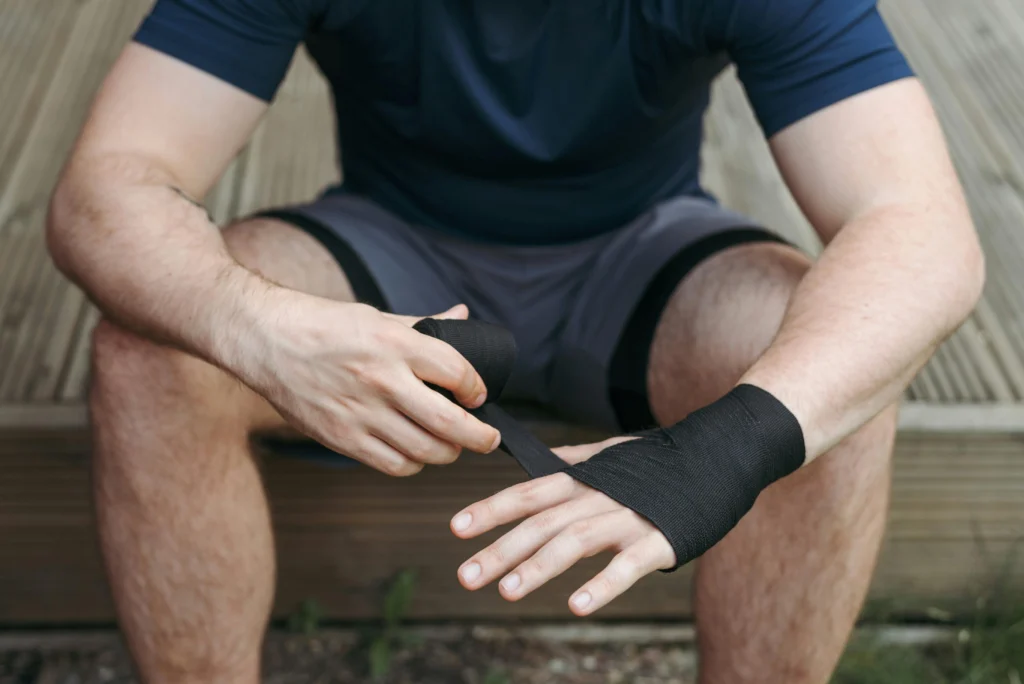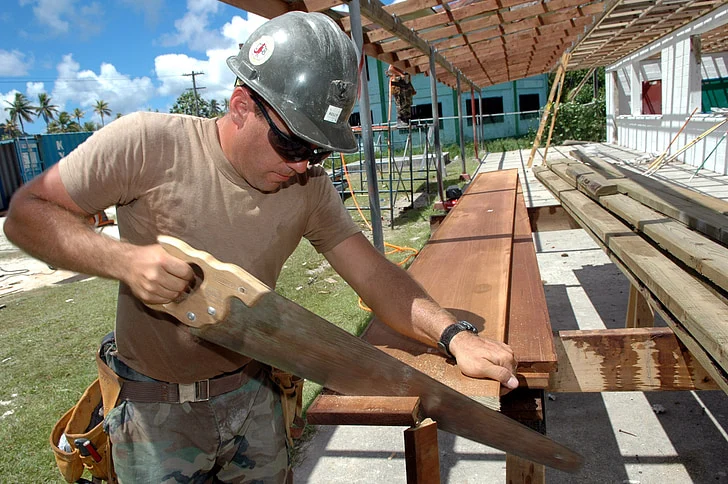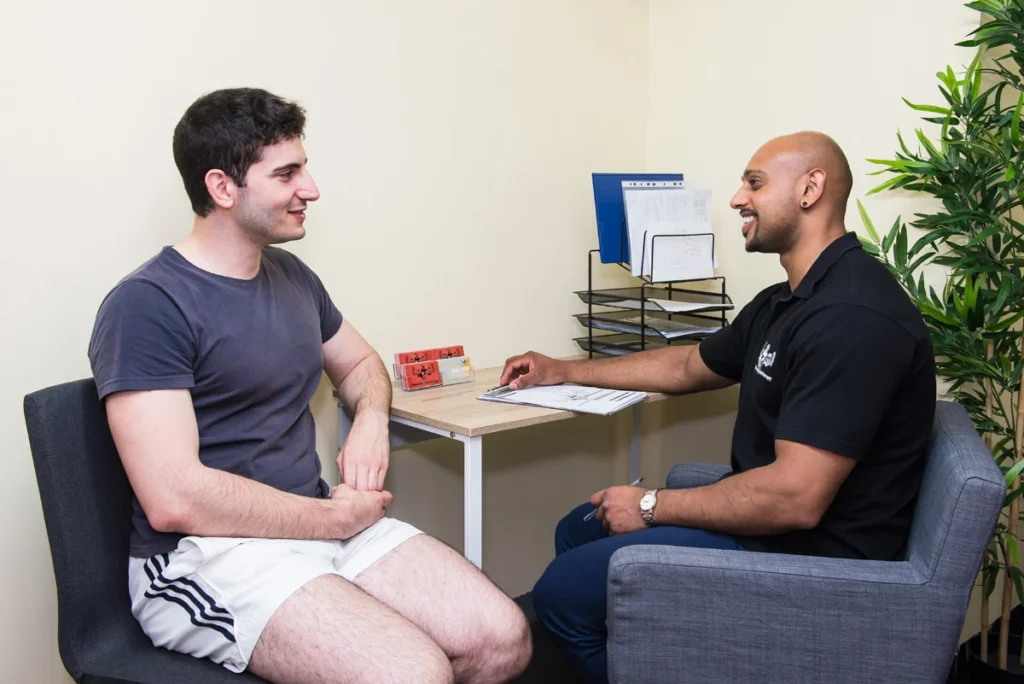
What is it and what are the symptoms?
Dequervain’s tenosynovitis is a painful condition that affects the wrist area. It is an overuse injury that occurs from repetitive use of the hands, thumb and wrist which causes inflammation to the thumb tendons resulting in the following symptoms:
- pain at the wrist near the base of the thumb
- swelling near the base of the thumb
- tenderness at the base of the thumb
- pain with movements especially gripping and twisting
Who gets it?

Dequervain’s tenosynovitis is caused by excessive repetition and load to the thumb muscles, and can affect people of all ages. However, it is most common in mothers 4-6 weeks postpartum due hormonal changes in combination with the stress on their wrists from handling and lifting their child repetitively. Manual labourers are also at risk of developing Dequervain’s Tenosynovitis due to the high repetition and stress to the wrist.
Management Options
- Splint or brace that prevents/limits wrist and thumb movement
- Anti-inflammatory medications
- Cortisone/corticosteroid injection to the tendon compartment
- Surgery if non-operative management options fail to improve symptoms
Physiotherapy for Dequervain’s Tenosynovitis
Physiotherapy for Dequervain’s Tenosynovitis is not about specific treatment modalities but about providing people with the tools and knowledge to manage the condition as a whole. Here are the most important things to know for managing Dequervain’s Tenosynovitis:

- Understanding the condition well
- Understanding that too little loading and too much loading can delay recovery
- How to modify tasks/activities you do with your hand to facilitate recovery
- How, when and why you should use a brace/splint
- When further management beyond physiotherapy should be considered
If you have Dequervain’s Tenosynovitis and need help managing your pain, reach out to our qualified physiotherapists through the booking button on our website!
